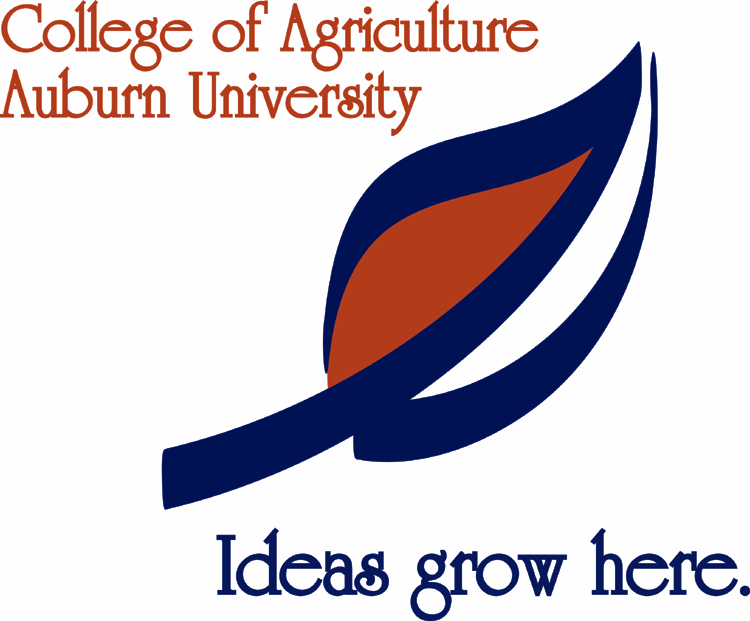| |
We are working
to find citations to support the points below and in the pages referenced
below. We ask reader help in finding good citations relevant to any arguments
advanced here - for or against. Citations that are available on the Web
are best because they can be made most easily available to a wide audience,
but even paper citations can be useful.
Please refer
also to the Environmental Institute of Auburn University (see Home Page
and History Page of this web site), the address of which is given below.
Other links to other institutions will be provided in appropriate setions
below.
|
| |
It is difficult
to succinctly summarize the condition of the environment in Alabama. Instead,
this page will merely introduce the topic. We ask readers to suggest short,
objective, clear, documented summaries of (1) broad environmental situations
(e.g. lakes in Alabama), of (2) particular issues (e.g. one polluted lake),
or that (3) prioritize the issues in Alabama. See email address above.
We encourage readers to put the particular issues with which they might
be involved into the broad context of Alabama environment in general.
Usually people
can achieve an abundant material life only by harvesting from the environment
and then putting some waste back into the environment. Aside from sometimes
damaging the intrinsic value of the environment, harvesting and/or returning
waste can undermine an abundant material life itself by destroying the
natural base that is its source. Yet people who do not have a satisfactory
material life are not likely to take care of the environment well. Nowadays,
care of the environment and the satisfactory pursuit of an abundant material
life seem to entail each other, and they have to balance with each other
as well. Use of the environment has to be as sustainable as possible.
Increased population usually puts increased pressure on the environment,
pressure that is not always offset by advances in technology. Therefore,
people differ in opinion on all these issues: how much of the environment
should be completely not used at all; what constitutes appropriate harvesting;
what constitutes acceptable levels of pollution; what rate of use is sustainable;
what to do about population growth, if anything; and what needs to be
done to insure sustainability.
For pages
devoted to specific topics, please see below.
(Questions
about using the environment often depend on ideas about adequate economic
opportunity, economic equity, providing jobs, and minimizing poverty.
However, these issues are beyond the scope of this web site now.)
|
|

|
ENVIRONMENT
HISTORY: The button to the left accesses a page with a short history of
the environment in Alabama.
|
|

|
AIR: For
Information on air, access page button to left.
|
|

|
PESTICIDES:
For a statement from Dr. Wheeler Focher on pesticides, access button at
left.
|
|

|
BLACK WARRIOR
RIVER and RIVERKEEPER, access page button to left.
|
|

|
WATER: For
information on water, access page button to left.
|
|

|
BIRMINGHAM:
For brief information, access page button to left.
|
|

|
URBAN-RURAL
INTERFACE: access page button to left.
|
|

|
EROSION:
access page button to left.
|
|

|
AFOs AND
CAFOs
Animal Feedlot
Operations (AFOs) and Concentrated Animal Feedlot Operations (CAFOs) only
developed in the last 30 years or so. They are an interesting case that
shows the interaction between technology, market forces, natural resources,
and social history - all of which can be part of the environment. To tell
this story in appropriate detail, we have given it a page of its own;
please see the button at left. The CAFO page series includes a statement
from Dr. Wes Wood of Auburn University, who also has his own website:
www.auburn.edu/~woodcha/index.html
|
|

|
AQUACULTURE:
Access page through button at left. The page includes a statement by Dr.
Claude E. Boyd, based on his research in, and knowledge of, aquaculture.
|
|

|
FORESTS AND
FORESTRY: Access through button at left.
|
|

|
SPECIES PRESERVATION:
For this topic, see the Nature Conservancy through the button at left.
The Nature
Conservancy also keeps a list of interesting preserves in Alabama, and
a map of their location. These make wonderful short trips. Please see
their "Places We Protect" feature from their home page.
|
|

|
RELATED INSTITUTIONS
Lists of
some related government and private institutions are available on a separate
page through the button at left or from the menu above.
|
|

|
ALABAMA'S
IMAGE
The physical
environment (air, water and soil) in Alabama is probably not too bad,
and, in fact, might be rather good compared to the physical environment
in states that have a reputation for activism and a good environment,
such as California. Yet Alabama continues to have a repututation as a
state with a poor environment. In the page referenced through the button
at left, we conjecture on a few reasons why this might be so.
|
